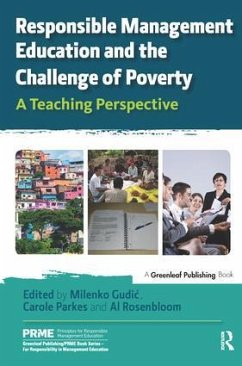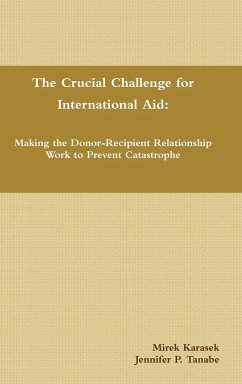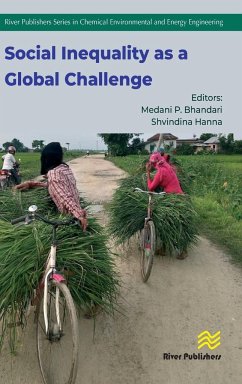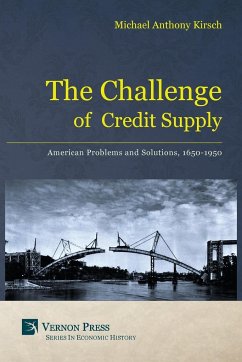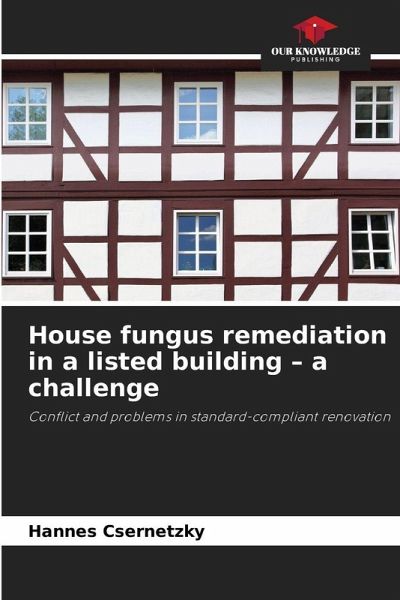
House fungus remediation in a listed building - a challenge
Conflict and problems in standard-compliant renovation
Versandkostenfrei!
Versandfertig in 6-10 Tagen
18,99 €
inkl. MwSt.

PAYBACK Punkte
9 °P sammeln!
To date, over 120 types of large fungi with varying degrees of destructive potential have been identified in buildings. Among the so-called house fungi, dry rot (Serpula lacrimans) plays a particularly significant role. Of the large number of large fungi identified, only a few species cause such extensive damage that it may be necessary to demolish a building down to its shell. In such circumstances, combating the fungus in listed buildings is much more difficult because these are often publicly accessible buildings. This is made even more difficult by the fact that, when renovating in accorda...
To date, over 120 types of large fungi with varying degrees of destructive potential have been identified in buildings. Among the so-called house fungi, dry rot (Serpula lacrimans) plays a particularly significant role. Of the large number of large fungi identified, only a few species cause such extensive damage that it may be necessary to demolish a building down to its shell. In such circumstances, combating the fungus in listed buildings is much more difficult because these are often publicly accessible buildings. This is made even more difficult by the fact that, when renovating in accordance with current regulations, other areas of the building may be affected which, on closer inspection, could possibly be preserved. The assessment of damage patterns, risk evaluation and analysis of the prospects of success in combating the fungus are essential and form the basis of renovation concepts aimed at achieving the greatest possible preservation of the historic building fabric.






